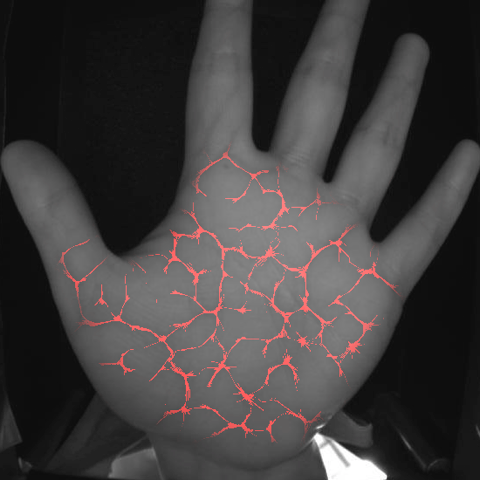Biometric systems use measurable and distinctive human characteristics for the purpose of automatised recognition or identity verification tasks. With the increasing number and size of biometric systems around the world, biometric databases are rapidly growing. Examples for such large-scale scenarios are current border and migration control applications to identify individuals or the Indian AADHAAR project with over 1 billion enrolled subjects. As the biometric system has no identity claim to select a single template like in a verification scenario, biometric systems in identification mode need to exhaustively search the whole database in order to identify an individual. The operation of such identification systems requires immense computational capabilities, which inevitably increase the operational costs and eventually reduce the system’s usability in terms of latency or failed identification attempts. Furthermore, with every performed comparison in an identification scenario, the threat of false positive identifications increases. The system therefore needs to use an efficient feature representation and reduce the number of necessary comparisons per identification to address these issues.
to identify individuals or the Indian AADHAAR project with over 1 billion enrolled subjects. As the biometric system has no identity claim to select a single template like in a verification scenario, biometric systems in identification mode need to exhaustively search the whole database in order to identify an individual. The operation of such identification systems requires immense computational capabilities, which inevitably increase the operational costs and eventually reduce the system’s usability in terms of latency or failed identification attempts. Furthermore, with every performed comparison in an identification scenario, the threat of false positive identifications increases. The system therefore needs to use an efficient feature representation and reduce the number of necessary comparisons per identification to address these issues.
The aim of this thesis is to contribute to the research in the area of biometric workload reduction in open-set identification scenarios in large-scale palm vein databases. The palm vein biometric characteristic is very difficult to obtain a copy from without the individual noticing and thus is more unlikely to be used successfully in presentation-attack scenarios. Furthermore, vascular biometrics record a steady growth in biometric market share. While several biometric modalities like the fingerprint and iris are already covered by workload reduction research, the (palm) vein characteristic lacks such approaches.
